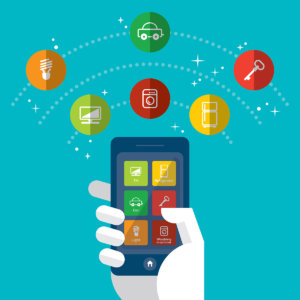Hype vs. Reality: A Reality Check on the Internet of Things
Topics
The Internet of Things has plenty of hype — it’s going to be big, really big — but also plenty of detractors. The naysayers breathily predict everything from the surveillance state to a wrecked economy to people enslaved by machines. Here are nine bits of information to consider:
Hype: It’s hard to miss the hype for the Internet of Things. A big report by the investment advisory firm Raymond James predicts that in 2020 250 new things a second will connect to the Internet. That’s up from 80 a second right now. But what that means for the market is not yet clear.
Anti-hype: Pundit Jeremy Rifkin says the market impact should be clear: nothing good. He argues in this video that the Internet of Things will kill capitalism.
Jeremy Rifkin’s book says the Internet of Things will create (yet another) battle for control of the Internet. The book, The Zero Marginal Cost Society: The Internet of Things, the Collaborative Commons, and the Eclipse of Capitalism (Palgrave Macmillan, 2014) says the IoT can open up the world to collaboration not seen before in capitalist society, or to aggregation of corporate power of the worst sort since the Trust era. Rifkin calls it “the critical economic battle of the 21st century.” You can read an excerpt here.
On the Internet, nobody knows you’re a toaster. This graphic illustrates the current expectations for the Internet of Things.
The American Civil Liberties Union (ACLU) thinks that on the Internet, the government and big companies will in fact know you’re posing as a toaster. Think what you want about the ACLU, but this blog post includes a collection of links to ways companies and government already use things like televisions and street cameras to build what one person called “databases of ruin.”
How will Internet-enabled basketballs change the future? This video shows the economist Michael Mandel outline how the Internet of Things makes the Internet into a truly broad-based technology revolution.
But what if those iBasketballs rebel against us, refusing to go in the hoop? Is the Internet of Things the beginnings of Skynet (the villain in the Terminator movies), enabling the revenge of the machines?
The security of the Internet of Things is under fire before it even exists.


Comments (2)
Heraclio Munoz
Todd Roth